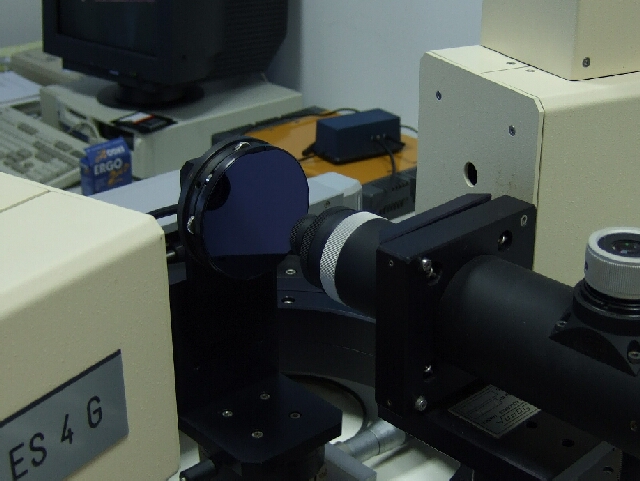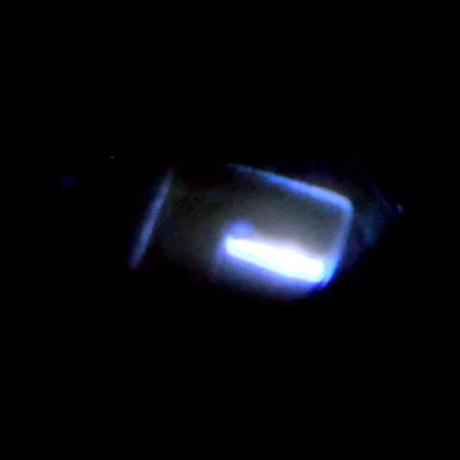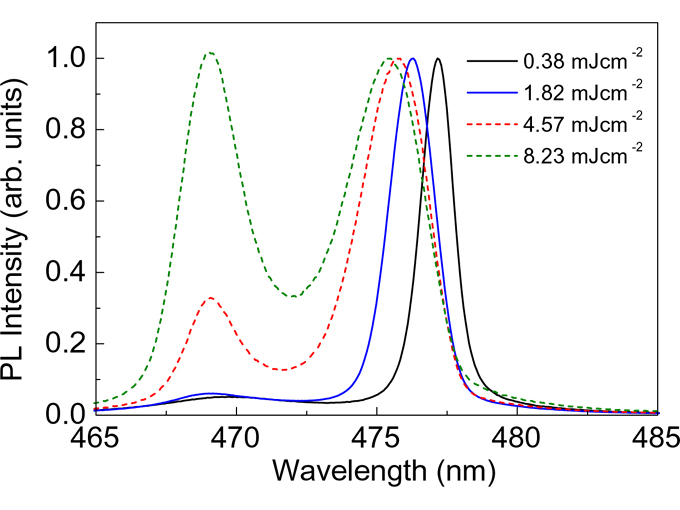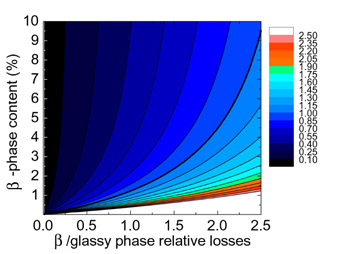|

Spectroscopic Ellipsometry
facility
Optical Laboratory
The Photonic Laboratory of the Dipartimento di
Matematica e Fisica "Ennio De Giorgi" was born in 2008 in order to investigate the optical properties
of a wide range of organic and inorganic materials.
Spectroscopic Ellipsometry
 facility facility
Introduction
Spectroscopic
Ellipsometry (SE) is a powerful optical technique for the investigation of
the dielectric properties (complex refractive
index and dielectric constant) of thin films. This technique has become the
state of the art standard to determine thin films thickness and optical
constants of all types of materials, including dielectrics,
semiconductors, metals, and organics.
Beyond the determination of the complex refractive
index of uniform materials SE is particularly powerful for the
investigation of ultrathin layers (down to sub nanometric thickness), for
the determination of the film roughness and of composition non-uniformity
for materials and materials blends.
Our Service
Our laboratory offers a measurements service for
customers needing a short term feedback on their thin films or multilayers
properties.
Instrument and capabilities
Sopra ES4G variable angle spectroscopic
ellipsometer
| Spectral range 230-930 nm |
Angle of incidence range
0-45° |
| Maximum spectral resolution
0.05 nm at 313 nm |
Angle of incidence setting
accuracy 0.01° |
| Repeatibility
TanY ±0.001,
cosd±0.0015
at 45° and 600 nm |
Output
The output of the experiment is sample
dependent and can include:
| Refractive index
dispersion (real and imaginary part) and film thickness for single
film and multilayers |
Dielectric constant
dispersion (real and imaginary part) and film thickness for single
film and multilayers |
| Blends composition and kind of
mixing for many materials |
Surface Roughness |
| Intermixing of materials of a
multilayer |
Composition gradient |
Materials
| Dielectric and semiconductor
bulk |
Conductive transparent oxides (ZnO,
ITO etc) |
| Single thin film and
multilayers |
Blends of different materials |
| Organic films, including
monolayers and layer by layer and Langmuir Blodgett multilayers |
Photoresist layers |
| Metal films |
Transparent resins |
| Thin dielectic overlayers (including
native oxides) |
Anti reflective coatings |
up
Optical Laboratory
The optical laboratory is equipped for the
investigation of the photoluminescence and optical gain of organic,
nanocrystals and hybrid organic-inorganic systems (in collaboration
with Dr Mauro Lomascolo of CNR-IMM of Lecce).
The experiments are performed both with
Continuos Wave and Pulsed high energy UV excitation, as a function of the
excitation density and of the sample temperature.

Set-up for the characterization of organic optical gas sensors (c/o CNR-IMM
Lecce). Two optical fibers are used for the laser excitation of
the film and for the PL collection. The chemical composition of the
chamber atmosphere is controlled by mixing dry air with the different
analytes
(In collaboration with Dr. R. Rella of CNR-IMM Lecce) |

Organic blue emitting waveguide with optical gain. The active film is
about 300 nm thick and, in the measurement conditions, emits 3ns
stimulated emission pulses with a 10 Hz repetition rate. (Click on
the image for a video) |
|
 |
 |
|
PL spectra in the 0-1
spectral region of a polyfluorene film as a function of the excitation
density. The spectra are normalized to 1 for clarity. It is evident
the progressive increase of the 470 nm ASE band, together with the
blue-shift of both ASE band, and the spectral rebroadening of the 478
nm band for excitation densities higher than about
$350 Jcm^{-2}$.
These effects are due to gain saturation.
Copyright (2008) American Institute
of Physics.The paper can be downloaded for personal use
only. Any other use needs the autorization of the author and of the
American Institute of Physics.The paper has been published in
Applied Physics Letters
93, 123311 (2008) |
β/glassy-phase
relative Amplified Spontaneous Emission threshold as a function of the relative
waveguide losses and of the β-phase content of the
film. The thickest line is the line of equal ASE threshold of glassy
and β-phase samples.
Copyright (2008) American Institute
of Physics. The paper can be downloaded for personal use
only. Any other use needs the autorization of the author and of the
American Institute of Physics.The paper has been published in
Applied Physics Letters
93, 023308 (2008)
|
|






